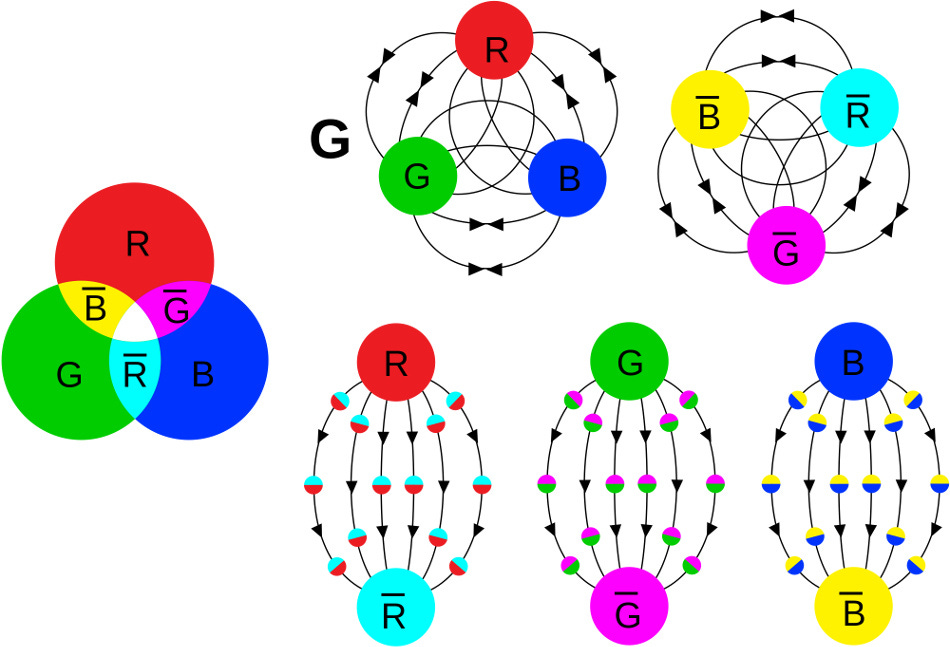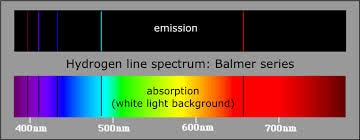By an eerie coincidence, the properties that the gluons respond to were also christened colors, although of course they have nothing to do with color in the usual sense.
Why does Wilczek write “of course”? He doesn’t say. Frankly, I doubt whether he’s given it much thought, but is here only bowing before what “everybody knows.”
Nonetheless, here he is, talking about the same stuff I’ve been on about for 40 years, regarding color v. action, symmetry, and higher dimensions.
Moving on. In chapter four, we touched on symmetry and gauge theory. What’s that about?
Symmetries and apparent symmetries in the laws of nature have played a part in the construction of physical theories since the time of Galileo and Newton. The most familiar symmetries are spatial or geometric ones. In a snowflake, for example, the presence of a symmetrical pattern can be detected at a glance.
~'t Hooft
To start, we shall try to make the notion of symmetry in physics clearer. The meaning of symmetry of a physical system is frequently influenced, if not shaped, by the guidelines of our investigation. It is obvious that the symmetry of a physical system is closely related to the transformations of the parameters describing the system. Notice, however, that not every transformation of parameters is linked to a symmetry of the system; such symmetries have to satisfy certain conditions. The necessary condition is that the physical system remains the same object of our perception before as well as after the transformation.
We say that a 3-dimensional sphere has a rotational symmetry because the picture of it does not change while we rotate it through an angle around an arbitrary axis through the center of this sphere. (Emphasis added.)
The two great events in twentieth century physics are the rise of relativity theory and of quantum mechanics. Is there also some connection between quantum mechanics and symmetry? Yes indeed. Symmetry plays a great role in ordering the atomic and molecular spectra, for the understanding of which the principles of quantum mechanics provide the key.
An enormous amount of empirical material concerning the spectral lines, their wave lengths, and the regularities in their arrangements had been collected before quantum mechanics scored its first success; this success consisted in deriving the law of the so-called Balmer series in the spectrum of the hydrogen atom and in showing how the characteristic constant entering into that law is related to charge and mass of the electron and Planck's famous constant of action h. [...]
It turned out that, once these foundations had been laid, symmetry could be of great help in elucidating the general character of the spectra.
~Weyl
[It] was found possible to account for the atomic stability, as well as for the empirical laws governing the spectra of the elements, by assuming that any reaction of the atom resulting in a change of its energy involved a complete transition between two so-called stationary quantum states and that, in particular, the spectra were emitted by a step-like process in which each transition is accompanied by the emission of a monochromatic light quantum of an energy just equal to that of an Einstein photon.
~Bohr





